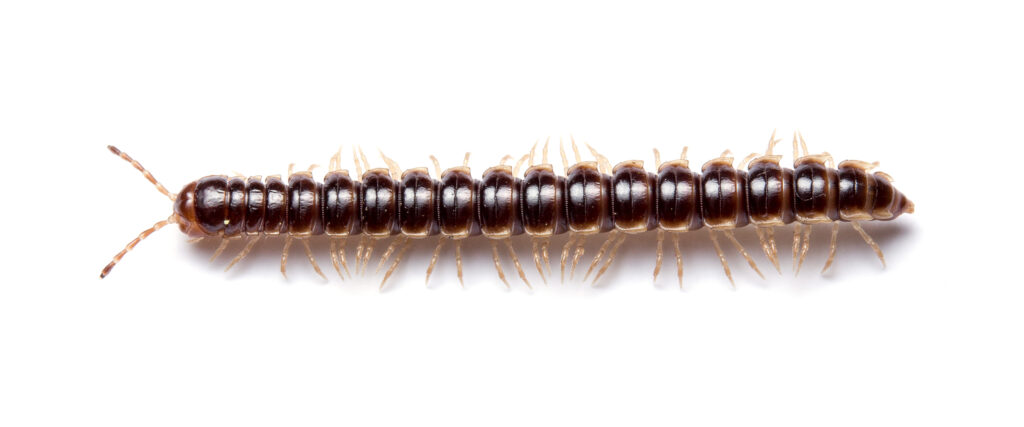Heavy Rains Bring Masses of Millipedes
go.ncsu.edu/readext?803517
en Español / em Português
El inglés es el idioma de control de esta página. En la medida en que haya algún conflicto entre la traducción al inglés y la traducción, el inglés prevalece.
Al hacer clic en el enlace de traducción se activa un servicio de traducción gratuito para convertir la página al español. Al igual que con cualquier traducción por Internet, la conversión no es sensible al contexto y puede que no traduzca el texto en su significado original. NC State Extension no garantiza la exactitud del texto traducido. Por favor, tenga en cuenta que algunas aplicaciones y/o servicios pueden no funcionar como se espera cuando se traducen.
Português
Inglês é o idioma de controle desta página. Na medida que haja algum conflito entre o texto original em Inglês e a tradução, o Inglês prevalece.
Ao clicar no link de tradução, um serviço gratuito de tradução será ativado para converter a página para o Português. Como em qualquer tradução pela internet, a conversão não é sensivel ao contexto e pode não ocorrer a tradução para o significado orginal. O serviço de Extensão da Carolina do Norte (NC State Extension) não garante a exatidão do texto traduzido. Por favor, observe que algumas funções ou serviços podem não funcionar como esperado após a tradução.
English
English is the controlling language of this page. To the extent there is any conflict between the English text and the translation, English controls.
Clicking on the translation link activates a free translation service to convert the page to Spanish. As with any Internet translation, the conversion is not context-sensitive and may not translate the text to its original meaning. NC State Extension does not guarantee the accuracy of the translated text. Please note that some applications and/or services may not function as expected when translated.
Collapse ▲
A greenhouse millipede, Oxidus gracilis, one of the most common arthropods around. Photo by Matt Bertone
Recent heavy rains across the state have resulted in invasions of yards and homes by what some might call “worms,” but are in fact arthropods called millipedes. These many-legged creatures are relatives of insects and spiders and, although their presence may be worrisome, the situation is fortunately only a temporary nuisance.
The most important things to note about this situation are:
- The numerous millipedes you may encounter are not new to a yard, but have been there in the soil, leaf litter, under stones, logs, etc. When heavy rains occur, it saturates these habitats driving out the millipedes. Also note that very dry conditions may cause mass movements of millipedes, because they are similarly avoiding unsuitable habitats.
- Millipedes are not dangerous to humans or animals (unless they are eaten in large quantities, which I doubt anyone will do…right?). Due to their odor, pets and other animals typically do not eat them. Millipedes can be safely handled by children and are a great animal to help make connections with arthropods and nature (just be sure to wash hands afterward).
- Chemical controls (i.e., pesticides) are rarely warranted, because after the rains subside the millipedes will go back to their cryptic lifestyles. Patience is the best response, but if they are invading your home they can be swept or vacuumed up and disposed. Note that millipedes cannot survive for long indoors, because our homes are too dry; millipedes require some moisture and humidity to thrive, but too much precipitation and flooding can drown them. If they are entering homes it’s also a good time to inspect for routes of entry; fixing gaps, shoring up weather stripping and other home maintenance can reduce the number of millipedes making it inside.
- Millipedes, in general, are decomposers of dead leaves, etc., and are important recyclers out in the environment. Thus they are beneficial. Many also have interesting biologies and some are quite attractive. The most common millipede to crawl around and inside homes is the greenhouse millipede, Oxidus gracilis, a non-native species.
For more information about this phenomenon and a short guide to identifying millipedes and some similar animals, please visit this blog post I wrote some time ago. Also note that heavy rains can cause other arthropods to migrate out of their usual habitats and come in contact with humans, such as ants and springtails.
If you have questions, or need help identifying these critters or evaluating your particular situation, please contact or submit image sample to the NC State Extension Plant Disease and Insect Clinic.


